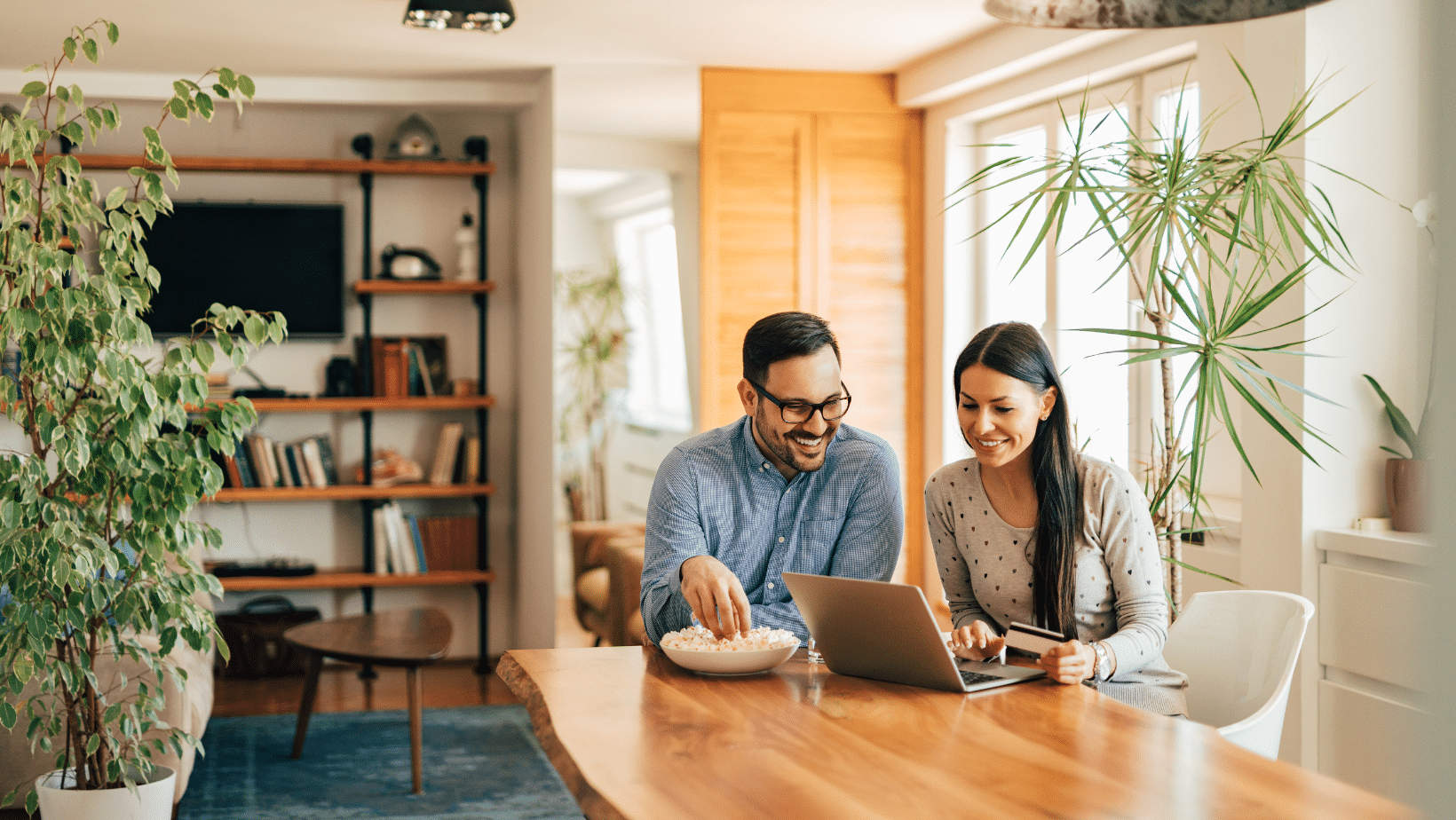You saved and saved for your first home, watching your equity grow little by little over the years. Now you’re ready to get a bigger home to better suit your growing family. However, it seems like Australian housing prices have outpaced your savings, and suddenly that second home seems financially out of reach again.
You do have one BIG advantage though, because you don’t have to start from scratch. The equity in your current home can give you a huge head start on financing your next real estate purchase. Home equity is the part of your home you own – distinct from the amount you still owe the bank. And if the value of your home rises more than your debt, you have a valuable asset ready to be used in your next big move.
This article will walk you through the ins and outs of accessing your home equity, calculating what you’ll need, and using it to buy a second home. Here is how to let your equity work for you!
Calculating Your Home Equity
Before tapping into your home’s potential, you first need to understand exactly what equity is and how much of it exists within your current home.
Equity represents how much of your property you outright own, calculated by the current total market value minus money you still owe on loans. For example – a Melbourne house priced at $800K with an outstanding mortgage of $400K would have $400K equity. This is simple math, but also your secret weapon.
Home Equity = Current Market Value of Home – Current Mortgage Principal Balance
As part of the equation, your property value may rise thanks to housing market trajectories or renovations and updates you have done to it. Simultaneously your mortgage balance drops over time as you make monthly payments.
To add to that, time itself builds equity as you progressively own more of the house just by sticking to your amortization schedule. After 5 years of ownership, over 13% of your principal gets paid off. Extend that to 10 years and nearly 25% of the loan gets eliminated.
Knowing exactly how much equity cushion you hold allows you to utilize it strategically where you need it most – whether putting a deposit on an upgraded family home or using it to purchase your first investment property.
In essence, you need to do the math so can get clarity on the equity you have to play with. If you can pinpoint your starting position, you can confidently make the big decision.

Using Equity for Your Next Home Deposit
Once you’ve done the math and know your equity number, it’s time to map out how to put that asset prized to work. Your goal is always within reach with the right financing strategy.
Here in Australia, lenders allow you to use your equity but also keep sufficient collateral on outstanding debts – protecting their interests too. Aussie banks typically permit borrowing up to 80% of your useable equity, requiring at least 20% equity retained.
For example, a home valued at $600K with $200K still owed would have $400K equity. Of that, up to 80% or $320K can be borrowed against the property through cash-out refinancing. The remainder ensures the bank has adequate security on what you owe.
When financing, you can opt to withdraw equity in a lump sum or set up a line of credit account instead. The lump sum covers your full financial needs immediately but you pay interest on the entire amount even if you don’t utilize it right away.
In many cases, equity allows financing 100% of your next home deposit without additional cash savings needed. If you are smart enough to tap into wealth already held in property instead of the traditional exchange of money, you bypass many barriers first-home buyers face. Your equity gives you a leg up on the property ladder.

Refinancing and Optimizing Your Loans
Refinancing means taking out a new loan to pay off old debts, which allows borrowing against accrued equity for your needs. In the process, you get the latest interest rates and potentially get even lower repayments. Over the long run, your mortgage costs will be reduced which is great!
However, refinancing also restarts your amortization schedule. Your loan term gets reset resulting in higher total repayment costs over the full length of financing. Make sure to compare amendment fees too so you understand the complete picture.
The other key factor remains your home valuation which determines available equity to rely on in the first place. Different lenders use unique property valuation methods which can significantly swing your numbers.
You can seek alternate assessments so you unlock the potential of accessing maximum equity through the highest property estimates. The difference between the two appraisals could unlock an additional $50K or more borrowing capacity. Thorough exploration, even with the help of a property expert, leads to optimization so gather multiple perspectives.
Here are some key factors to consider before refinancing to access home equity for buying a new home:
- Loan costs – Calculate all fees associated with refinancing, such as lender origination fees, appraisal costs, and title charges to understand the full costs.
- New interest rate & term – Find out whether the new interest rate saves enough over time to justify refinancing costs. Also factor in resetting the loan term and additional total interest paid.
- Property valuations – Appraisals can vary widely, so get multiple estimates from different lenders to unlock maximum equity.
- Monthly payments – Determine the monthly payments needed to cover both your existing and new mortgage.
- Cross-collateralization – Understand the risks & restrictions involved when using current home as collateral for equity loan on new property before agreeing.
- Rental income potential – If renting out original property, ensure rental demand exists and expected returns help defray mortgage costs.
- Tax implications – Consult an accountant to discuss tax changes when converting a primary residence into a rental investment property.
It’s important to note that refinancing risks financial shuffling, but the rewards help set you up for future success. Squeeze every last bit of opportunity out of the equity you hold so your next home feels within reach.
Final Remarks
Your first home need not be your last, even in Australia’s complex property landscape. The seed you planted has likely blossomed into valuable equity – an asset at your disposal. Use it wisely and watch dreams materialize.
Do your homework, run the math from multiple angles, challenge assumptions, and diligently pursue opportunities. The opportunity sits waiting behind bank valuations and financing terms – obscured temporarily from view.

